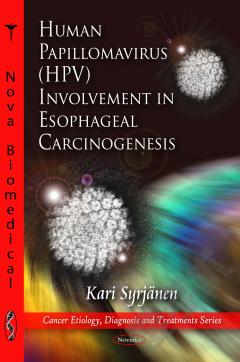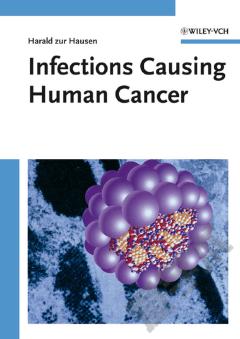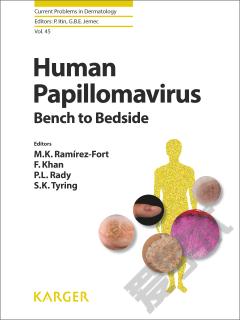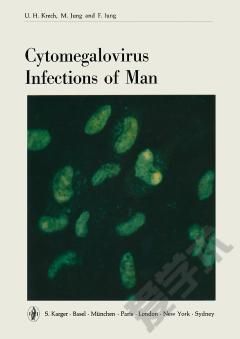Human Papillomavirus (HPV) Involvement in Esophageal Carcinogenesis
Esophageal squamous cell carcinoma (SCC) has a peculiar geographical distribution, with up to 500-fold variations in incidence between the low- and high-risk regions. The first reports suggesting HPV involvement in both benign and malignant squamous cell tumours of the esophagus date back to 1982. The rapidly increasing literature on this subject is summarised in this book. Screening studies in high-incidence areas of China using balloon cytology sampling report high prevalence of HPV DNA among asymptomatic subjects, followed by HPV DNA detection in hyperplastic and dysplastic epithelia adjacent to SCC. There are close human parallels to both SCP and SCC in the cattle, linked with BPV4 and alimentary carcinogens (bracken fern). In vitro experiments on HPV-positive cancer cell lines implicate similar molecular mechanisms as involved e.g. in HPV-associated genital carcinogenesis. Taken together, these data suggest that the (multifactorial) etiology of esophageal cancer differs between the low- and high-incidence geographical areas. Oncogenic HPV types seem to play an important causal role only in the high-incidence regions.
{{comment.content}}








 京公网安备 11010802027623号
京公网安备 11010802027623号